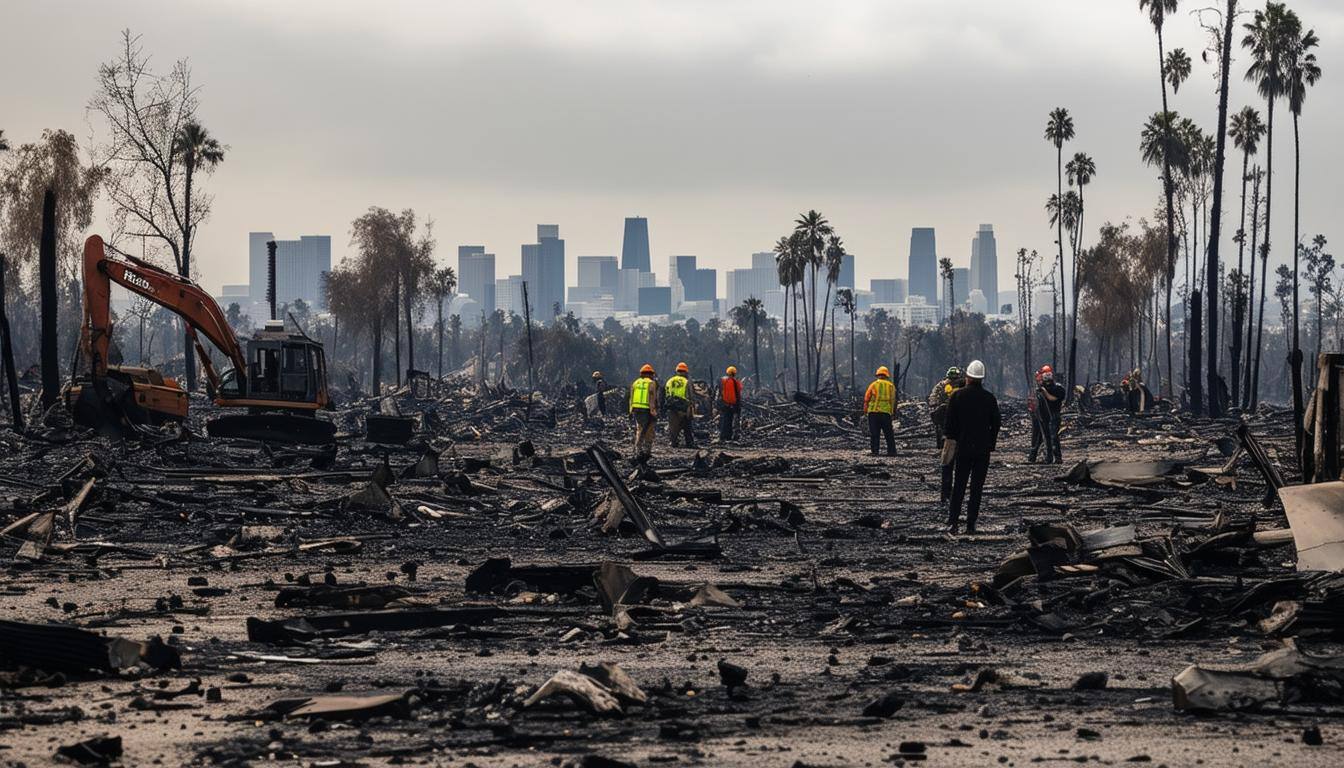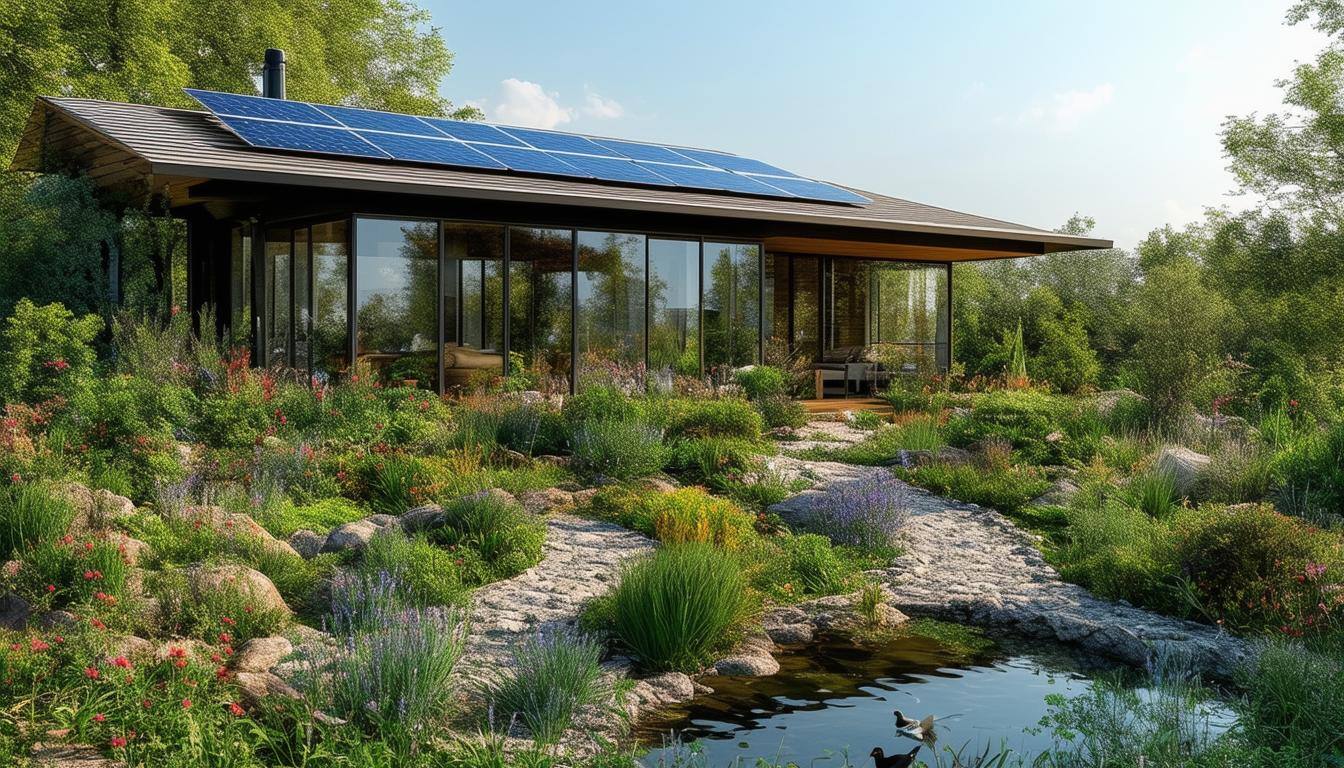The Health Benefits of Removing Red List Chemicals from Your Home
When I step into my home or workplace, I expect it to be a safe haven—a space that supports my health and well-being. But I’ve come to realize that...
5 min read
Noah Riley
:
Jan 23, 2025 5:26:41 PM

The fires that ignited on January 7, 2025, have resulted in unprecedented destruction—over 5,000 structures have been destroyed, more than 80,000 people evacuated, and there has been a tragic loss of life. Mayor Bass issued this executive order to expedite recovery and rebuilding efforts.
According to the text: “This order… Ensures that affected residents of the City of Los Angeles can rebuild their homes, Confirms the local waiver of CEQA review, [and] Waives local discretionary review processes.” At first glance, it aims to provide a quick path for rebuilding.
Despite these assurances, certain provisions—such as limiting rebuild size to 110%, prohibiting any increase in density, and waiving sustainability requirements—may extend and exacerbate the financial and emotional difficulties of thousands of Angelenos who are already struggling to recover.
What the Order States (Section B.3.): “All initial building permit reviews by the City… must be completed within 30 days… all necessary reviews and approvals will occur simultaneously…”
The order only ensures the initial review is done within 30 days. In reality, subsequent reviews—which often cause the most delays—are not explicitly required to adhere to the same 30-day timeframe. There is no clear enforcement mechanism if agencies do not meet these deadlines.
Debris Removal, Watershed Hazards Task Force, etc.: Although these efforts are essential, coordination issues could still lead to delays, particularly after the 30-day period for initial reviews has ended. Impact on Homeowners: Extended displacement, continued rent or mortgage expenses, and uncertainty while awaiting final approvals from multiple departments.
All-Electric Building Code Waiver
Opportunity Costs
Mounting Expenses
Forced Sales and Displacement
Mental Health Strain
City’s Position: “We’re Expediting Everything”
“We Must Avoid Overdevelopment and Maintain Neighborhood Character”
“Now Isn’t the Time for Extra Green Mandates”
Amend the Order
Community and Stakeholder Engagement
A Comprehensive, Future-Focused Recovery
By weaving in direct language from the executive order, you demonstrate precisely how provisions—like the 110% rebuild limit, the explicit ban on added density (ADUs/SB9), and the waiving of green standards—can create a long-term financial and social crisis. This updated outline combines legal citations with practical implications, underscoring the tension between the order’s stated aim (rapid rebuilding) and its potentially punitive realities for ordinary Angelenos.
Reimagine what’s possible. At The Unwind, we explore the art of creating healthier, more sustainable homes and communities that inspire a fulfilling and balanced life for generations to come.

When I step into my home or workplace, I expect it to be a safe haven—a space that supports my health and well-being. But I’ve come to realize that...

Discover the importance of reducing embodied carbon in new construction homes and how it can contribute to reducing climate change and building a...